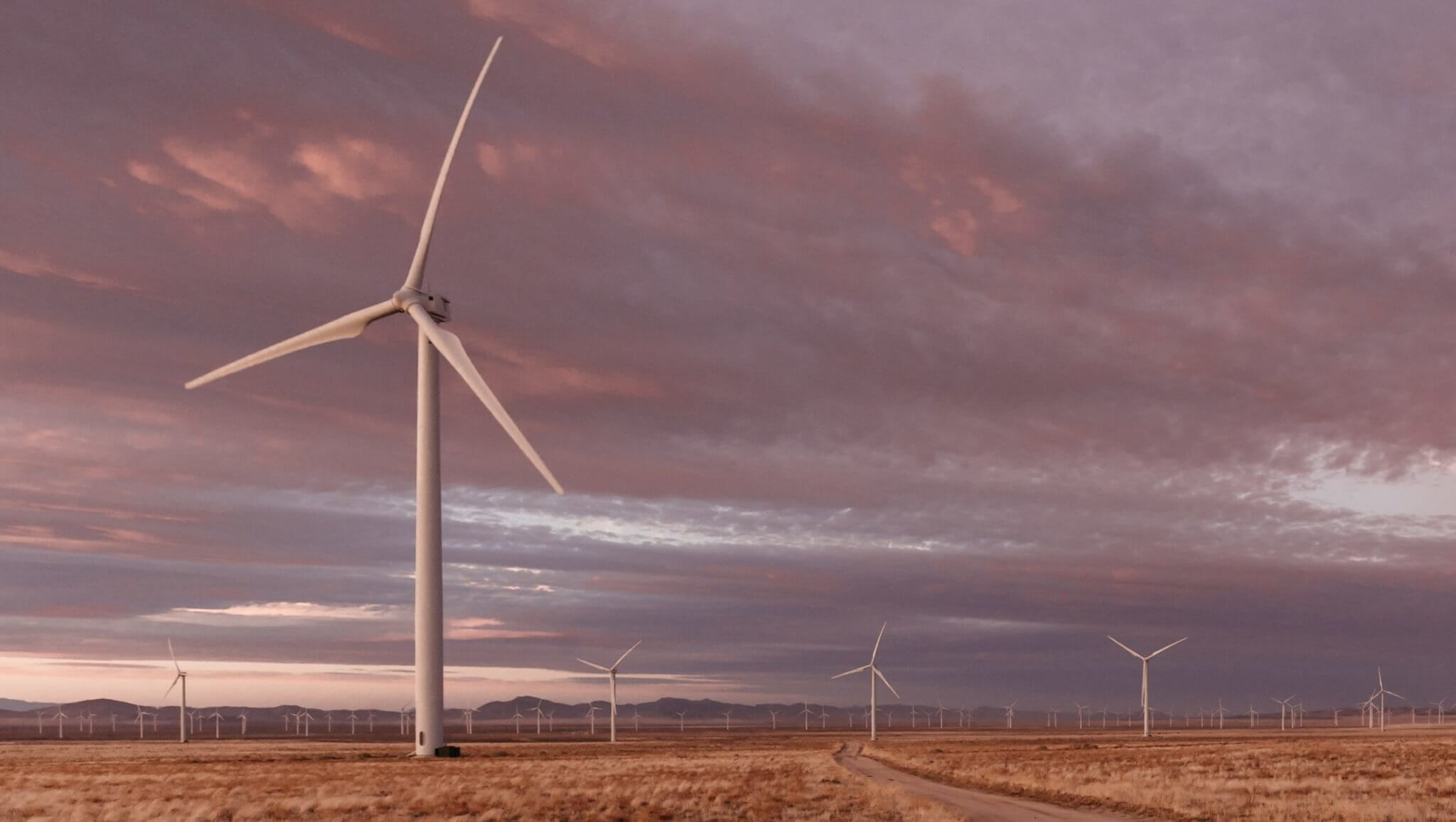Wind power running with the bulls
This column originally appeared in the WINDPOWER show daily.
The U.S. wind industry is proceeding at full steam. After two consecutive years installing more than 8,000 megawatts (MW), wind growth shows no sign of slowing down.
The industry just experienced its strongest first quarter since 2009 and the second strongest first quarter ever. At more than 84,000 MW installed, the U.S. has enough capacity to power 25 million American homes. Another 21,000 MW remain in the pipeline, enough to add another Texas to the country’s grid.
So it’s not surprising to hear that industry experts are bullish about the next five years.
Yesterday, consultants from MAKE, Navigant, Bloomberg New Energy Finance, and IHS Markit gathered to provide their wind energy market forecasts during one of WINDPOWER’s most popular sessions. One thing remained abundantly clear: U.S. wind growth will be robust over the next half decade.
While expectations vary to some degree, consultants forecast between 40 and 45 gigawatts (GW) of new wind through 2021. On average this equates to roughly 9 percent annual growth, far faster than the overall U.S. economy.
The consultants point to a number of factors driving wind power’s growth.
First, the multi-year extension of the production tax credit provides long-desired policy certainty. Second, the industry continues to innovate, integrating new advancements in blade technology, material design, system controls, and other improvements. That drives down wind’s cost, already down over 66 percent since 2009. Experts expect costs to fall further in the years ahead.
Third, corporate buyers continue to drive demand for wind power. After comprising 39 percent of the megawatts contracted through power purchase agreements in 2016, corporate buyers continue to contract for wind power in early 2017, with deals from companies like Home Depot and Intuit already inked.
Looking at the broader electricity market, continued power plant retirements are expected to boost demand for wind as utilities seek low-cost options to diversify, modernize, and replenish their portfolio. One consultant expects 36 GW of coal to be retired in the next decade.
Finally, at the state level renewable portfolio standards will driving wind deployment in certain parts of the country, especially as states consider expanding their programs or adjusting them to encourage offshore wind.
Despite the upbeat expectations, the panelists cautioned some barriers could moderate wind’s growth. Historically low natural gas prices and aggressive cost reductions in solar energy will challenge the economic position of wind. Weak load growth across most parts of the country is expected to dampen demand for all power generation technologies as well. Finally, in this bull market for wind it is critical for transmission to keep apace to ensure wind is delivered to market.
Regardless, this unprecedented period of American wind power growth should continue.




